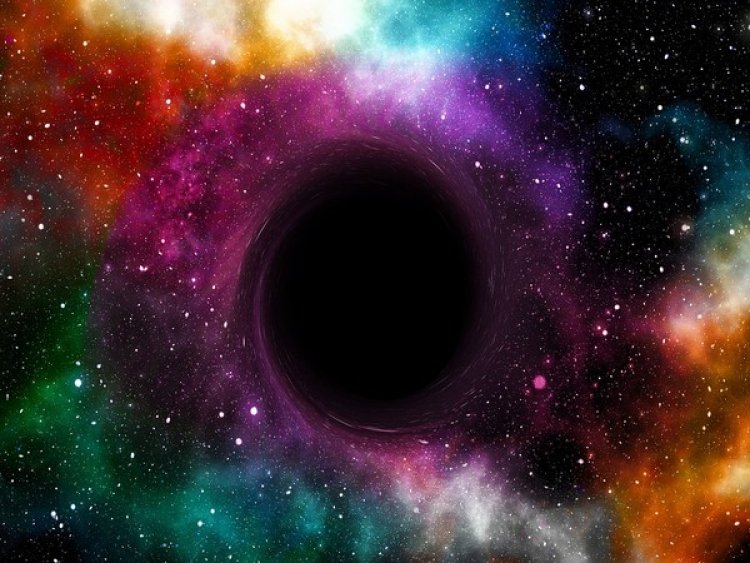Researchers have measured the survival rate of antihelium nuclei from depths of the galaxy

Washington, US: How are galaxies born, and what holds them together? Astronomers assume that dark matter plays an essential role. However, as yet it has not been possible to prove directly that dark matter exists. A research team including Technical University of Munich (TUM) scientists has now measured for the first time the survival rate of antihelium nuclei from the depths of the galaxy, a necessary prerequisite for the indirect search for Dark Matter.
Many things point to the existence of dark matter. The way in which galaxies move in galactic clusters, or how fast stars circle the center of a galaxy results in calculations which indicate that there must be far more mass present than what we can see. Approximately 85 percent of our Milky Way for example consists of a substance which is not visible and which can only be detected based on its gravitational effects. As of today it has still not been possible to directly prove the existence of this material.
Several theoretical models of dark matter predict that it could be composed of particles which interact weakly with one another. This produces antihelium-3 nuclei, which consist of two antiprotons and one antineutron. These nuclei are also generated in high-energy collisions between cosmic radiation and common matter like hydrogen and helium -- however, with energies different from those that would be expected in the interaction of dark matter particles.
In both processes, the antiparticles originate in the depths of the galaxy, several tens of thousands of lightyears away from us. After their creation, a part of them makes its way in our direction. How many of these particles survive this journey unscathed and reach the vicinity of the Earth as messengers of their formation process determines the transparency of the Milky Way for antihelium nuclei. Until now scientists have only been able to roughly estimate this value. However, an improved approximation of transparency, a unit of measure for the number and energies of antinuclei, will be important for interpreting future antihelium measurements.















































